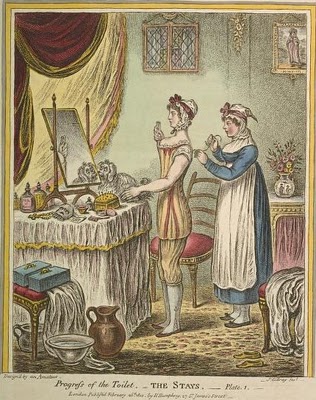Also of note is how easily the Norton anthology (which I
have to use for the American Literature survey) includes texts that were
originally written in Spanish until it is no longer useful or “necessary” to do
so. The anthology introduction explains that there were many languages spoken
in the early American colonies—yet the anthology itself contains few other
translated texts once the English show up.
These issues are miniscule when we consider that global
literary and transnational approaches to literature and culture rarely make it
into the undergraduate classroom. A colleague of mine who teaches African and
Asian history as well as courses on Islamic Civilization has pointed out how
consistently “World Literature” or “World History” are ghettoized in college
curricula. Students in the US rarely have to consider other (Other?)
civilizations and world developmental narratives outside the Western one, to
our detriment.
On a smaller scale, I always noted, as the daughter of Polish
immigrants, that Eastern European history rarely made an appearance in my high
school European history classes. It was as if Poland never existed, despite
that nation’s dominance on the continent during the 17th century. Omissions
such as these are merely symptoms of larger issues relating to colonial
histories that are often at the forefront of our class discussions in the
American literature survey.
While preparing lessons for the course has been, in many
ways, challenging because it is not “my” area of study, I not only enjoy this
opportunity, but I welcome the challenges it brings with it. If nothing else,
it has made me more aware of the missing pieces of the puzzle when we teach “British”
literature courses.
In English departments, we often consider “survey”
courses to be the steady foundation of further literary study. At many
universities, students must take a certain amount of sophomore level surveys to
get their BA in English or before they can take upper-level courses in
literature. I wonder, however, how useful the traditional survey is. Perhaps it
would be better to come up with sophomore surveys dedicated to the idea of “surveying”
the many different literatures of a smaller time period or, rather than
sticking to time period, surveying the development of a literary theme across
time and space? Such flexible approaches to foundational literary study may
actually encourage greater critical thinking skills in our students while
engaging them in ways that the usual chronological approach may not.
